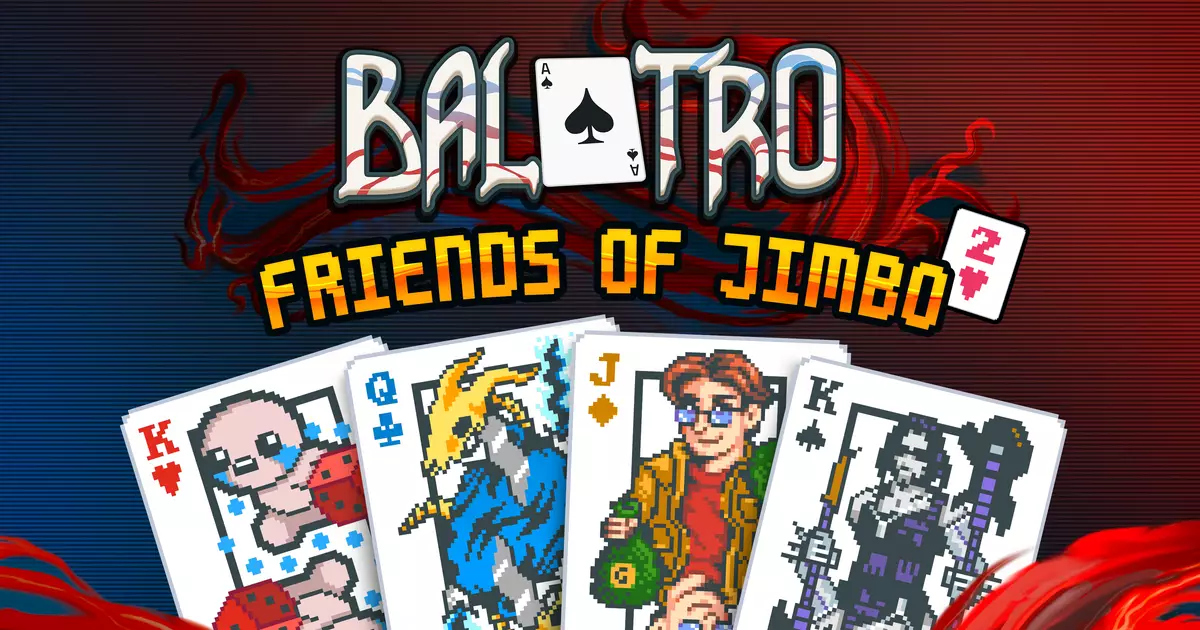My experience with Balatro lasted just an hour, yet it was enough to evoke a spectrum of emotions that fueled my decision to uninstall the game soon after. Many gamers may possess the resilience to endure the ongoing temptations of such games. For others like me, the fleeting delight fades quickly upon recognizing the addictive lure at play. Despite my quick exit, the game has received a considerable update, introducing a new selection of cosmetic enhancements, specifically card skins inspired by popular titles like Binding Of Isaac, Cyberpunk 2077, Stardew Valley, and Slay The Spire. While these additions may enthrall some players, they only serve to modify the game’s visual presentation and do not introduce new gameplay elements.
The ongoing updates, including the previous batch released in August that featured themes from The Witcher 3, Dave The Diver, Vampire Survivors, and Among Us, generate significant buzz within the gaming community. In an age where retention relies heavily on continuous engagement, these cosmetic upgrades are an interesting approach. While some may appreciate the visual refresh and the ability to personalize their deck through the “Customize Deck” menu, such features fall short in altering the game’s intrinsic mechanics. Players who admire aesthetics over a transformative experience may find joy here, but for others, this serves as a reminder of the time-consuming grind often associated with modern gaming.
Opinions on Balatro are varied, exemplified by the contrasting feedback from different reviewers. Katharine’s review, where she lauded it as a “Bestest Best,” paints a picture of a game rich in rewarding experiences. She articulates how Balatro thrives on the thrill of watching numbers escalate, paired with an enticingly mischievous undertone. This element of joy, according to her, stems from both mastery and a playful manipulation of game mechanics in a way that feels almost rebellious. This perspective starkly differs from my own experience, where I found the game less inviting and more targeted in its attempts to reel players in — a sentiment that is often underappreciated in discussions surrounding the mechanics of modern video games.
Despite Katharine’s enthusiasm, I remain skeptical of Balatro’s broader appeal. While her description of the game’s generous nature and the heartfelt cheers it offers players is enticing, the negative aspect underscores the game’s ability, or perhaps its intention, to ensnare gamers into an addictive loop that can feel overwhelming. For me, the thrill of gaming resides in brevity and variety, not in the Sisyphean effort of constant play and engagement that Balatro seems to promote.
Balatro’s appeal is undeniably strong for certain players, especially those who appreciate the celebration of minor victories over relentless odds. Yet, as someone whose patience for potential addiction runs thin, I find myself observing from the sidelines, wary of the pitfalls that lie within the seductive design of modern gaming mechanics.


Leave a Reply